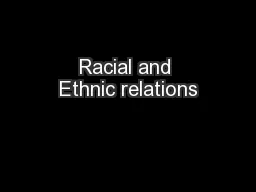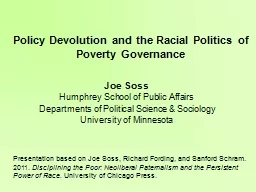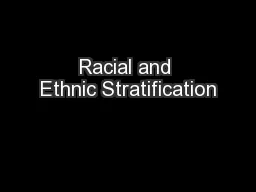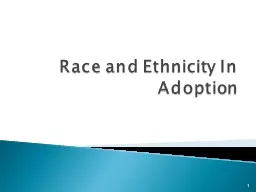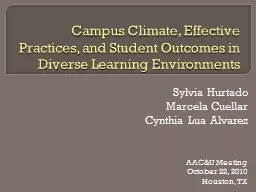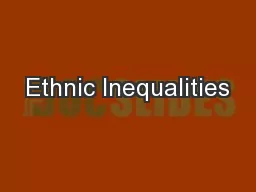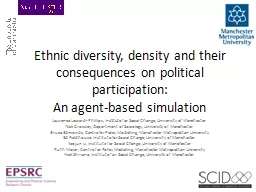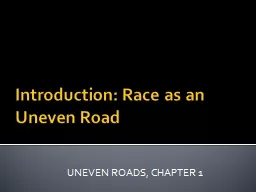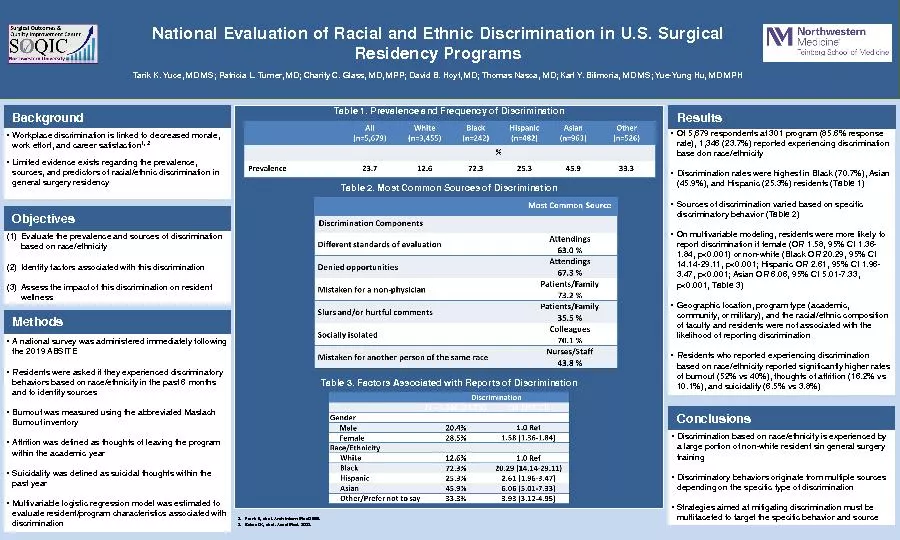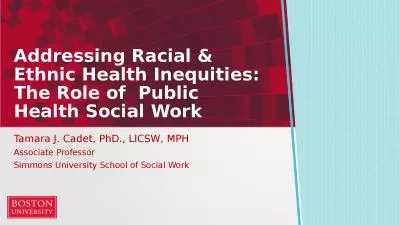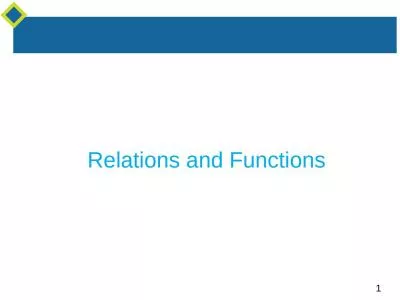PPT-Racial and Ethnic relations
Author : myesha-ticknor | Published Date : 2018-03-20
Chapter 10 Race ethnicity and social structure Race a category of people who share inherited physical characteristics and who others see as being a distinct group
Presentation Embed Code
Download Presentation
Download Presentation The PPT/PDF document "Racial and Ethnic relations" is the property of its rightful owner. Permission is granted to download and print the materials on this website for personal, non-commercial use only, and to display it on your personal computer provided you do not modify the materials and that you retain all copyright notices contained in the materials. By downloading content from our website, you accept the terms of this agreement.
Racial and Ethnic relations: Transcript
Download Rules Of Document
"Racial and Ethnic relations"The content belongs to its owner. You may download and print it for personal use, without modification, and keep all copyright notices. By downloading, you agree to these terms.
Related Documents

